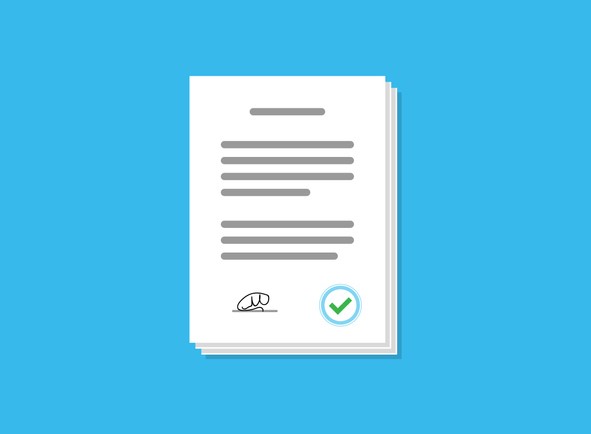What is the Statement of Affairs (SOA) during corporate insolvency proceedings?
What is a Statement of Affairs (SOA)? Karl Hodson of UK Business Finance explains what’s contained in an SOA and how it can help creditors.

What is a Statement of Affairs (SOA)?
A Statement of Affairs (SOA) is document which provides a snapshot of a company’s financial position as at the time of creation.
An SOA needs to be produced for a range of formal insolvency proceedings including liquidation, administration, and company voluntary arrangements (CVAs) and serves to provide an early indication of how much may be available to outstanding creditors at the end of the process.
An SOA should not be confused with a balance sheet. While a balance sheet is prepared using the figures from the company’s accounts, an SOA is more of an estimation of the company’s finances at that precise moment in time. Despite this, the SOA should still be a true reflection of the company’s financial position and must be accompanied by a statement of truth attesting to this fact.
What does a Statement of Affairs (SOA) contain?
The SOA must detail all the company’s assets, liabilities, as well as giving a comprehensive list of all outstanding creditors. It must also contain identification details for the company along with the date the statement was produced.
The Statement of Affairs must be sent to all creditors and shareholders of the company as well as being registered at Companies House. Once filed with Companies House, the document will become publicly viewable.
A template Statement of Affairs form can be found on GOV.UK.
Who produces the Statement of Affairs (SOA)?
When a company enters into insolvency proceedings voluntarily, the SOA is typically compiled by the insolvent company’s directors, often with the support and guidance of their accountant or insolvency practitioner.
In the case of a compulsory liquidation, the SOA will be put together by the Official Receiver or the insolvency practitioner dealing with the liquidation.
How does a Statement of Affairs (SOA) help creditors?
An SOA is a requirement for a range of insolvency proceedings with the aim of either helping creditors understand their position or giving them the information required to make an informed decision at an upcoming creditor vote.
Liquidation
During the liquidation of limited company, the SOA is presented during the creditor’s meeting. It provides an estimation of the funds which the liquidator believes will be realisable from the sale of company assets which helps creditors determine whether they are likely to receive a dividend from the liquidation.
Creditors who hold a fixed or floating charge over the company’s assets stand a better chance of recovering the money they are owed in comparison to unsecured creditors.
Administration
An SOA must be produced within 14 days of a company entering into administration and will form an important part of the administrator’s proposals. This will be sent to all creditors of the company ahead of a vote on the proposals.
Company voluntary arrangement (CVA)
The SOA is a particularly valuable document to creditors when a company is proposing a company voluntary arrangement (CVA). Creditors are supplied with a copy of the company’s SOA to allow them to make an informed decision when it comes to voting for or against the terms of the proposed CVA.
For example, if creditors can see that the company has minimal realisable assets, they may be more likely to consent to the proposed CVA if they know that they would be unlikely to recover more money through an alternative insolvency process, such as liquidation.
However, if it is evident from the SOA that the company has considerable assets, creditors may form the opinion that the company is able to offer more in respect of creditor returns than the proposed procedure allows for and therefore vote against the proposal.
About the author
Karl Hodson of UK Business Finance is responsible for helping businesses across the UK raise funding for a variety of purposes such as working capital, expansion and capital equipment. He has specialist knowledge of raising finance through invoice and asset-based lending, crowdfunding, loan and equity funds and Government schemes.
See also
Creditor duty: what directors need to know
Find out more
Rule 7.41 Statement of Affairs (company winding-up) (GOV.UK)
Images
Getty Images
Publication date
30 October 2023
Any opinion expressed in this article is that of the author and the author alone, and does not necessarily represent that of The Gazette.
